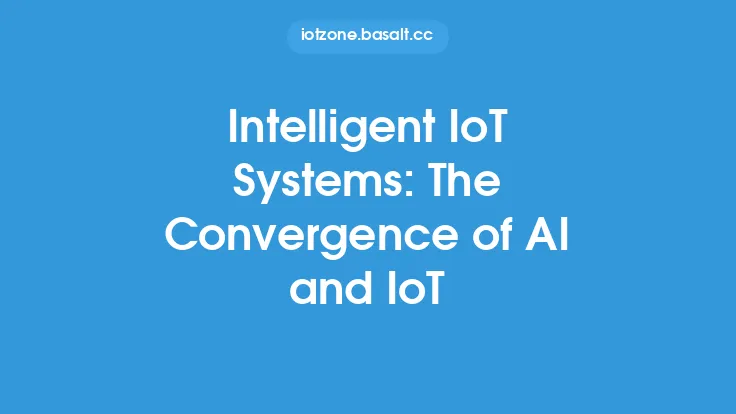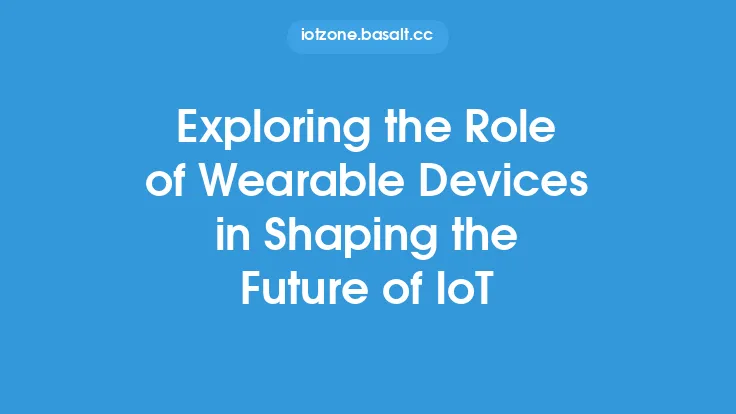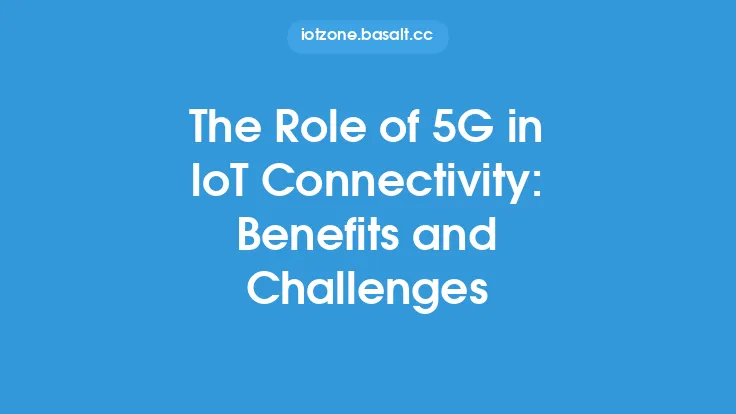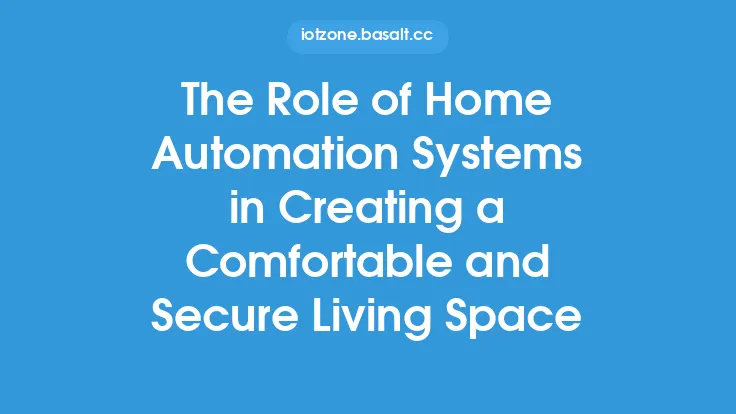The increasing demand for efficient, safe, and sustainable transportation systems has led to the development of Intelligent Transportation Systems (ITS). These systems leverage advanced technologies, including the Internet of Things (IoT), to improve the performance and management of transportation networks. IoT plays a vital role in ITS, enabling real-time monitoring, data-driven decision making, and enhanced passenger experiences.
Introduction to Intelligent Transportation Systems
Intelligent Transportation Systems (ITS) are integrated systems that utilize advanced technologies, such as IoT, data analytics, and artificial intelligence, to optimize the performance of transportation networks. ITS aim to improve the safety, efficiency, and sustainability of transportation systems, while also enhancing the passenger experience. The key components of ITS include traffic management, public transportation management, freight management, and emergency management. IoT is a critical component of ITS, providing real-time data and enabling the development of smart transportation applications.
IoT Architecture for Intelligent Transportation Systems
The IoT architecture for ITS typically consists of several layers, including the perception layer, network layer, and application layer. The perception layer includes various sensors and devices, such as cameras, radar, and GPS, that collect data on traffic conditions, vehicle location, and other relevant information. The network layer enables the transmission of data from the perception layer to the application layer, using communication protocols such as Wi-Fi, cellular networks, or dedicated short-range communications (DSRC). The application layer processes the data and provides insights, using data analytics and machine learning algorithms, to support decision making and optimize transportation operations.
IoT Technologies for Intelligent Transportation Systems
Several IoT technologies are used in ITS, including wireless sensor networks (WSNs), radio-frequency identification (RFID), and cellular networks. WSNs are used to monitor traffic conditions, such as traffic volume, speed, and occupancy, while RFID is used for vehicle tracking and identification. Cellular networks, such as 4G and 5G, provide high-speed data transmission and enable the development of real-time applications, such as traffic monitoring and emergency response. Other IoT technologies, such as Bluetooth low energy (BLE) and Wi-Fi, are used for vehicle-to-everything (V2X) communications, enabling vehicles to communicate with other vehicles, infrastructure, and pedestrians.
Data Analytics for Intelligent Transportation Systems
Data analytics plays a critical role in ITS, enabling the processing and analysis of large amounts of data from various sources, including sensors, cameras, and social media. Data analytics algorithms, such as machine learning and deep learning, are used to identify patterns, predict traffic conditions, and optimize transportation operations. For example, predictive analytics can be used to forecast traffic congestion, enabling transportation agencies to take proactive measures to mitigate congestion. Data analytics can also be used to optimize traffic signal control, reducing congestion and improving travel times.
Security and Privacy in Intelligent Transportation Systems
Security and privacy are critical concerns in ITS, as the systems rely on the collection and transmission of sensitive data, including personal and vehicle information. To address these concerns, ITS must implement robust security measures, such as encryption, authentication, and access control. Additionally, ITS must ensure that data is anonymized and aggregated, to protect individual privacy. The use of blockchain technology, for example, can provide a secure and transparent way to manage data and ensure that it is not tampered with or altered.
Benefits of IoT in Intelligent Transportation Systems
The integration of IoT in ITS provides several benefits, including improved safety, increased efficiency, and enhanced passenger experience. IoT enables real-time monitoring of traffic conditions, enabling transportation agencies to respond quickly to incidents and minimize congestion. IoT also enables the development of smart traffic management systems, which can optimize traffic signal control and reduce travel times. Additionally, IoT can improve the passenger experience, by providing real-time information on traffic conditions, transit schedules, and road closures.
Challenges and Limitations of IoT in Intelligent Transportation Systems
Despite the benefits of IoT in ITS, there are several challenges and limitations that must be addressed. One of the main challenges is the integration of IoT devices and systems, which can be complex and require significant investment. Additionally, IoT devices and systems can be vulnerable to cyber attacks, which can compromise the security and integrity of ITS. Furthermore, the use of IoT in ITS can raise concerns about data privacy and security, which must be addressed through the implementation of robust security measures and data protection policies.
Future Directions for IoT in Intelligent Transportation Systems
The future of IoT in ITS is promising, with several emerging trends and technologies that are expected to shape the development of ITS. One of the main trends is the increasing use of artificial intelligence (AI) and machine learning (ML) in ITS, which can enable the development of more sophisticated and autonomous transportation systems. Another trend is the use of edge computing, which can enable the processing of data in real-time, reducing latency and improving the performance of ITS. Additionally, the use of 5G networks is expected to provide high-speed data transmission and enable the development of more advanced and real-time applications in ITS.




